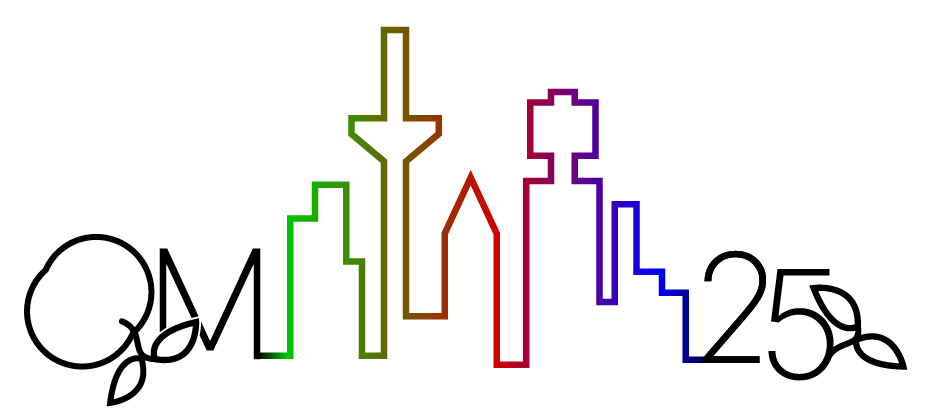Conveners
Parallel session 11: Chirality II
- Gergely Endrodi
The chiral magnetic wave (CMW) in heavy-ion collisions probes the topological sector of quantum chromodynamics, where parity and charge-parity symmetries are locally violated. Unlike the Chiral Magnetic Effect (CME), where the induced dipole moment fluctuates randomly from event to event, the CMW generates an electric quadrupole moment with a same sign for a given net charge state of the...
The observation of the vector meson's global spin alignment by the STAR Collaboration reveals that strong spin correlations may exist for quarks and antiquarks in relativistic heavy-ion collisions in the normal direction of the reaction plane. We propose a systematic method to describe such correlations in the quark matter. The correlations can be classified as local and long range types. We...
The appearance of vortical structures originating from gradients is a ubiquitous signature of collective fluid dynamic motion. We present event-by-event simulations for central asymmetric light+heavy and Au+Au collisions to investigate the formation and evolution of vortex-ring structures in the longitudinal flow velocity profile [1]. The production-plane polarization of $\Lambda$ hyperons,...
Although strong magnetic fields are expected in off-central heavy ion collisions, directly measuring their imprints, such as chiral magnetic effects, remains challenging. In this talk, we propose baryon electric charge correlation, $\chi^{\rm BQ}_{11}$, as well as the chemical potential ratio, $\mu_{\rm Q}/\mu_{\rm B}$, as useful probes for the detection of magnetic fields in heavy ion...
The observation of global and local spin polarization in heavy-ion collisions is explained as being induced by thermodynamics gradients of the QGP at local thermal equilibrium, such as the thermal vorticity and the thermal shear. However, since not all the features of the measurements can be well reproduced by the models, the assumption that the spin degrees of freedom of the QGP are...
